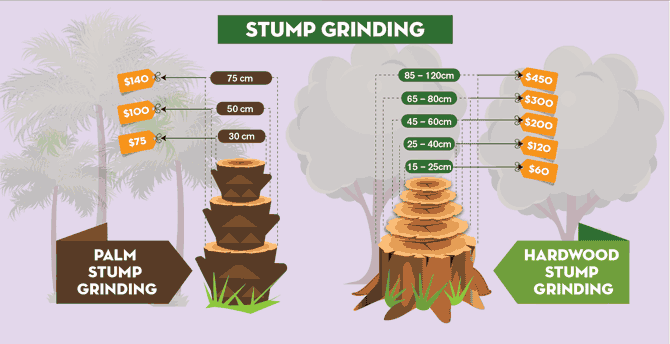Clues That Suggest Tree Elimination: How To Area Hazardous Trees
Clues That Suggest Tree Elimination: How To Area Hazardous Trees
Blog Article
Composed By-Velling Butcher
When it comes to tree treatment, recognizing the indications that it's time for elimination is necessary for your safety and security and home. You might notice blemished fallen leaves, wilting branches, or odd fungal developments showing health problems. Structural concerns, like a significant lean or fractures in the trunk, can additionally position dangers. Comprehending these warning signs can help you make educated choices concerning your trees and stop potential hazards prowling in your yard. What should you seek next?
Indicators of Decay and Illness
When you see indications of degeneration and disease in your trees, it's critical to act swiftly. Seek tarnished leaves, wilting branches, or uncommon growths like fungi. These can suggest that your tree is having a hard time.
If you see fractures in the bark or soft, mushy wood, these signs and symptoms recommend interior degeneration. In addition, a sudden rise in parasites around your tree can signal that it's compromised and at risk.
Look for any kind of dead or dying arm or legs, as they pose a risk to your residential property and safety. If you doubt about what you see, consulting an arborist can supply clarity.
Dealing with these indicators early can save you from a lot more substantial damages and make certain the wellness of your yard. Do not wait up until it's too late.
Structural Instability and Leaning
As you observe your trees, keep an eye out for any type of signs of architectural instability or leaning. If a tree leans considerably, it may suggest that the origin system is compromised.
Search for any type of cracks in the trunk or soil around the base; these can indicate potential failure. Furthermore, check for uncommon growth patterns, like an unbalanced crown, which might suggest that the tree is battling to hold itself upright.
If weblink discover that the tree leans toward your home, power lines, or other structures, it poses a higher risk. Do not disregard these signs-- get in touch with an arborist to examine the situation.
Acting early can prevent costly damage and ensure your safety.
Dead or Perishing Branches and Foliage
If you notice dead or passing away branches and foliage on your tree, it's a clear sign that something's incorrect.
These unhealthy areas can suggest underlying concerns like disease, pest infestations, or environmental anxiety. When branches shed their fallen leaves or turn brown, they're no more contributing to the tree's health. Ignoring these indicators can lead to further decline, making your tree much more harmful.
Dead branches can easily break short during storms, positioning a risk to home and people close by. It's crucial to analyze the degree of the damages.
If the problem influences a significant part of the tree, consider speaking with an expert. Pruning Montmorency Cherry Tree can aid determine if removal is essential to make certain safety and security and preserve the charm of your landscape.
Final thought
If you observe any indications of degeneration, structural instability, or dead branches on your trees, don't overlook them. These indicators can present severe safety dangers to you and your home. It's always best to speak with a professional arborist that can give a professional assessment of your trees. Taking action early can stop mishaps and pricey damage, ensuring your landscape continues to be secure and healthy and balanced. Keep in mind, it's better to be positive about tree treatment than to wait for a disaster to take place.
